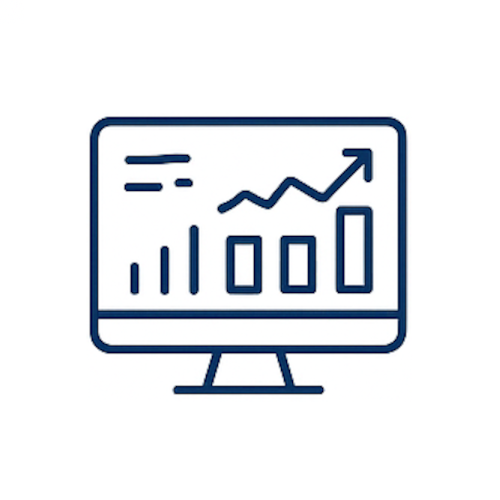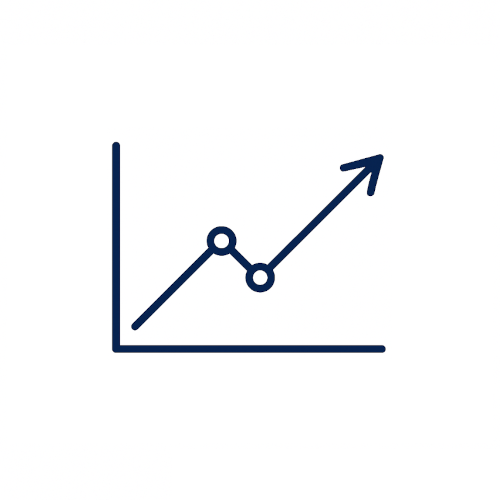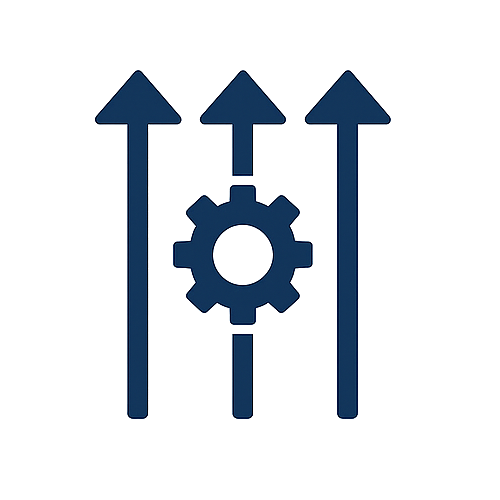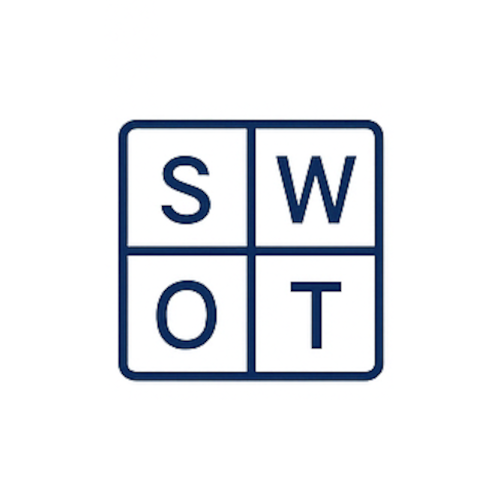Risks are an inherent part of both personal and business activities. While it’s impossible to completely avoid risks, understanding, modeling, mitigating, and managing them is essential for maintaining long-term stability.
Understanding Risks
Businesses face a multitude of risks, ranging from market fluctuations and operational issues to financial uncertainties and unforeseen external events. Each of these risks can impact your organization in various ways. To properly address these challenges, it is critical to adopt a comprehensive risk management strategy.
Modeling Risks
The first step in effective risk management is modeling risks. This involves identifying potential threats and evaluating their potential impact and likelihood. Risk modeling uses both quantitative and qualitative methods to provide a detailed understanding of the risks that could affect your business. By systematically analyzing these risks, you can gain insights into their possible effects and prepare accordingly.
Developing Mitigation Strategies
Once risks are identified and understood, the next step is to develop strategies to mitigate them. These strategies can include:
- Risk Avoidance: This involves eliminating the risk entirely by changing your plans or operations to avoid the risk altogether. For example, a company might avoid entering a high-risk market to prevent potential losses.
- Risk Reduction: This strategy focuses on reducing the likelihood or impact of the risk. This might involve implementing safety measures, improving operational processes, or diversifying investments to minimize potential damage.
- Risk Sharing: This approach involves transferring the risk to another party. This can be achieved through insurance, outsourcing, or entering into contracts that share the burden of the risk with others.
- Risk Acceptance: Sometimes, the cost of mitigating a risk may outweigh the potential impact. In such cases, a business might choose to accept the risk, acknowledging that it is a manageable part of their operations.
Managing Residual Risks
Even with robust mitigation strategies in place, some risks—known as residual risks—may still persist. These are the risks that remain after all mitigation efforts have been applied. Effective risk management requires ongoing monitoring and management of these residual risks. Ensuring that you have a plan in place to address and manage these residual risks is crucial for maintaining stability.
Ongoing Risk Management
Risk management is not a one-time task, it’s a continuous process. It involves regular reassessment of risks and updating mitigation strategies as needed. Staying alert to market trends, technological advancements, and regulatory changes is essential to ensure that your risk management approach remains relevant and effective. An adaptable strategy helps in responding promptly to new and emerging risks.
Making Informed Decisions
Effective risk management enables you to make informed decisions, allowing your business to pursue its goals while managing potential downsides. By maintaining a robust risk management framework, you can better position your organization to seize opportunities for growth and innovation while protecting it from potential threats.
Conclusion
Managing business risks effectively is essential for safeguarding your organization and ensuring it performs well in a competitive market. A thoughtful approach to risk management—encompassing risk identification, modeling, mitigation, and ongoing monitoring—can help businesses achieve resilience and drive innovation.
At Sengi Solutions, we provide tools designed to streamline your strategic planning and risk management processes. Our platform offers a clear view of your initiatives, enabling you to track progress, manage risks, and adapt to changes effectively. With Sengi, you can keep your business steady while managing risks effectively.












